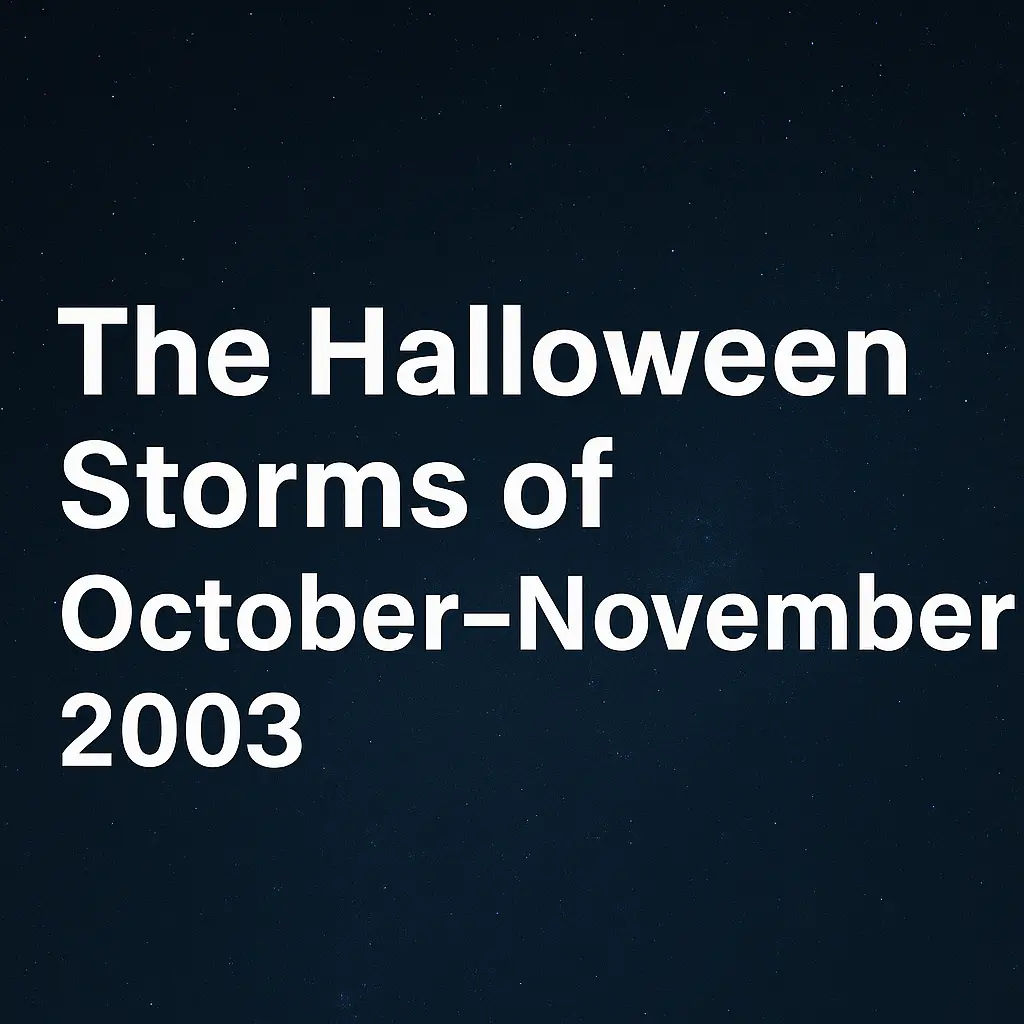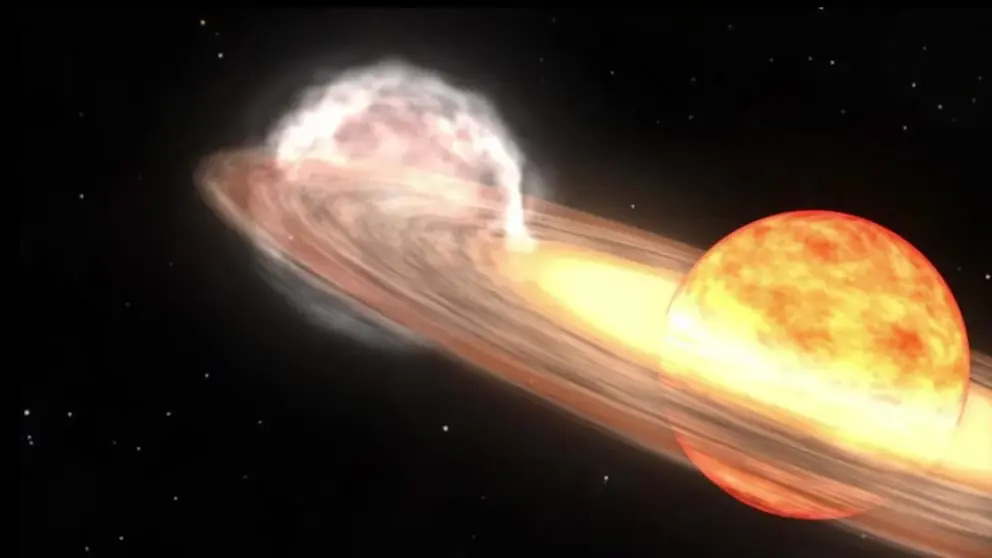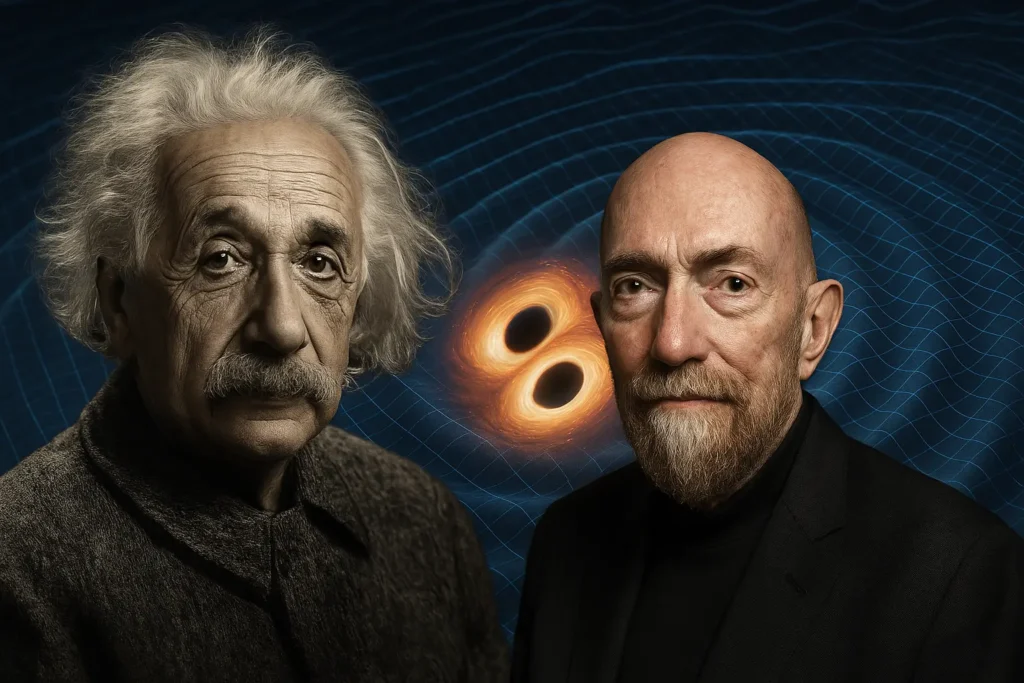The Halloween Storms of October–November 2003 represent one of the most significant space weather events of the 21st century. Marked by a series of intense solar flares, coronal mass ejections (CMEs), and widespread geomagnetic disturbances, these storms severely impacted satellite operations, communication systems, power infrastructure, and aviation. This article provides a comprehensive overview of the storms, their causes, global impacts, and long-term scientific significance.
Introduction
In late October 2003, the Sun unleashed a barrage of solar activity that culminated in a series of powerful geomagnetic storms known as the Halloween Storms. These events occurred during the declining phase of Solar Cycle 23 and were triggered by an unusually active sunspot region, NOAA 10486, which produced multiple extreme solar flares and Earth-directed CMEs over a span of approximately two weeks.
Solar Events and Dynamics
Between October 19 and November 7, 2003, the Sun produced:
- 17 major solar flares, including:
- An X17.2 flare on October 28, one of the largest ever recorded.
- An X10 flare on October 29.
- An X8.3 flare on November 2.
These flares were often accompanied by fast CMEs, many of which were directed toward Earth. The CMEs compressed the Earth’s magnetosphere and injected high-energy particles into near-Earth space, leading to severe geomagnetic activity and radiation storms.
Terrestrial Impacts
1. Satellite and Spacecraft Systems
- Several satellites experienced anomalies or entered safe mode due to radiation exposure.
- Japan’s ADEOS-II satellite was lost, likely due to storm-related damage.
- Increased atmospheric drag affected low Earth orbit (LEO) satellites, altering their trajectories and reducing orbital stability.
2. Astronaut Safety
- The International Space Station (ISS) implemented shielding protocols to protect its crew from high-energy solar radiation.
- NASA delayed extravehicular activities (EVAs) due to radiation hazards.
3. Power Infrastructure
- Geomagnetically induced currents (GICs) disrupted power systems, particularly in northern Europe.
- A significant outage occurred in Sweden’s power grid.
4. Radio Communications and Aviation
- High-frequency (HF) radio blackouts impacted transpolar aviation routes, leading to flight diversions.
- Airlines adjusted routes to avoid radiation exposure and communication loss, as documented by the Federal Aviation Administration (FAA).
- Global navigation satellite systems, including GPS, suffered signal degradation due to ionospheric disturbances.
5. Auroral Activity
- Spectacular auroras were seen far from the poles, in places like Florida, Texas, and the Mediterranean, as well as in Japan and Australia. These displays were widely reported in NOAA aurora watch logs.
Scientific Insights
The Halloween Storms provided a rare opportunity to study the Sun-Earth connection:
- Radiation belt dynamics: A new radiation belt formed in the “slot” region, explained by Shprits et al. (2006).
- Wave-particle interactions: ULF and VLF wave activity were observed influencing particle acceleration, as detailed by Balasis et al. (2012).
- Model validation: Full Sun-to-thermosphere simulations using the Space Weather Modeling Framework provided critical insights into predictive capabilities.
Legacy and Lessons Learned
The 2003 Halloween Storms demonstrated the vulnerability of technological systems to extreme space weather. As a result:
- Space weather forecasting became a national and international priority.
- Satellite and aviation industries implemented improved radiation and contingency protocols.
- Scientific institutions increased investment in solar monitoring and space weather modeling.
Conclusion
The Halloween Storms of October–November 2003 were a watershed moment in the history of space weather. Their intensity and global reach highlighted the profound influence of solar activity on modern infrastructure. The event continues to shape how agencies prepare for solar storms in the digital age.



